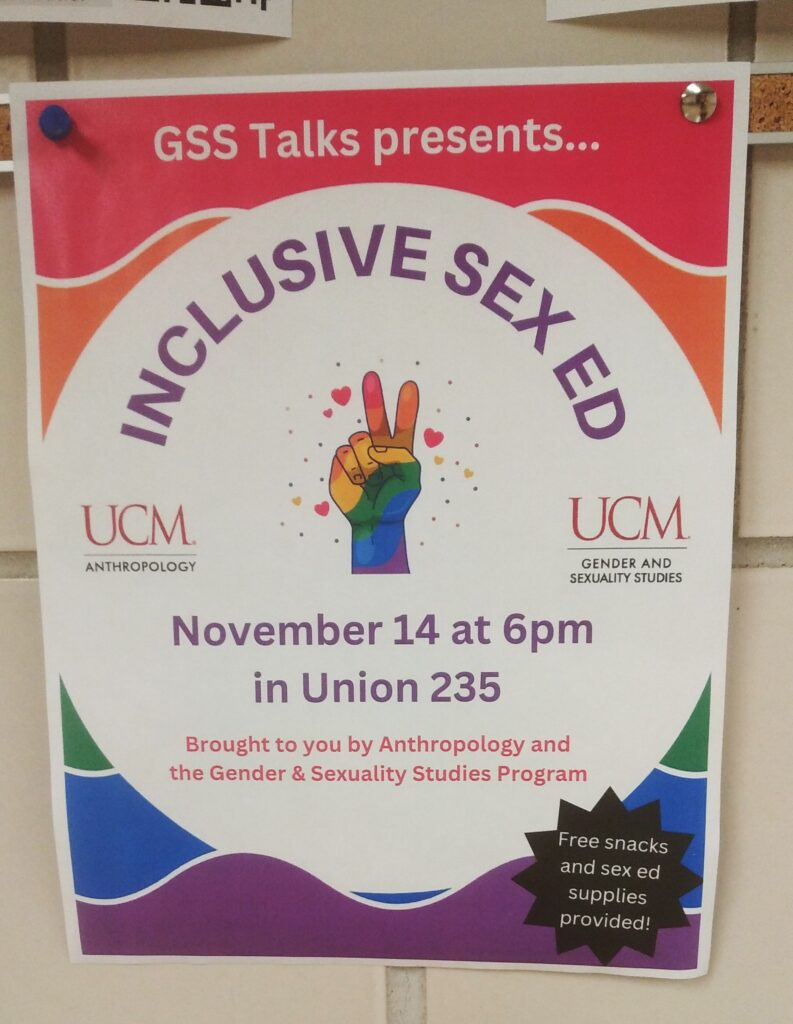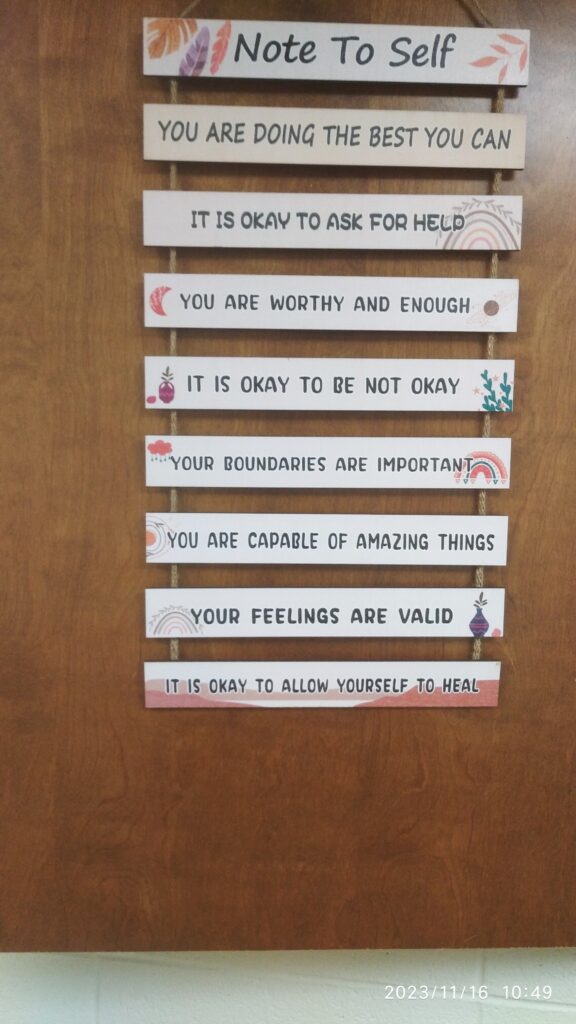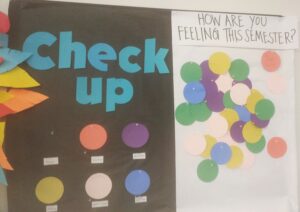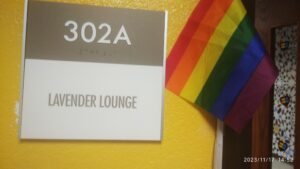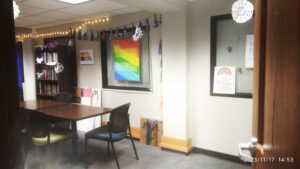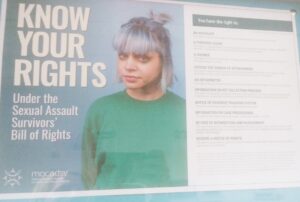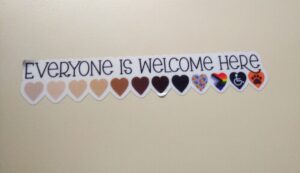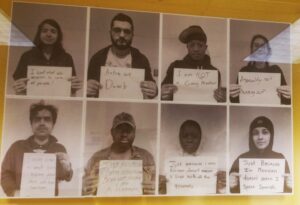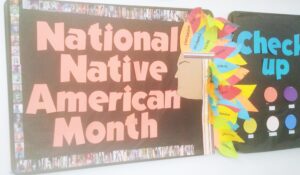When we think about academic space we often tend to understand it in an abstract way – as learning and teaching environment, as organizational culture, as people’s interactions, feelings and thoughts creating a particular climate.
But, we can also look at space in a very concrete way. Space around us – the classrooms, corridors and lecturing halls can be welcoming and friendly, they can “host” us, making us feel we belong there. But, they can also make us indifferent or reject us so that we feel strange and alienated.
Generally, the space can reflect people’s diversity and needs in various ways, being the expression of institution sensitivity (or lack of sensitivity) to different elements of human identity.
Think about the institution you study or work at, using the following questions:
– Have you ever thought whether a person with physical disability can reach the room where you learn/teach?
– Are there any symbols (signs, pictures, posters, photographs) in your workplace reflecting people’s diversity?
– Can you see any references to different religions (holidays, celebrations) in your workplace?
– Can people easily find information about possible ways of support in case of discrimination?
– Are there any spaces in your workplace where people can rest in silence/be on their own if they need it for a while?
– How is the furniture arranged in lecture halls? Can tables and chairs be arranged in different way or rather rows of benches? Is this type of space arrangement conducive to cooperation?
Look at some examples of space arrangement, referring to different elements of human diversity. All pictures were taken at the University of Central Missouri in Warrensburg, during the visit realized as Erasmus+ mobility in November 2023.
